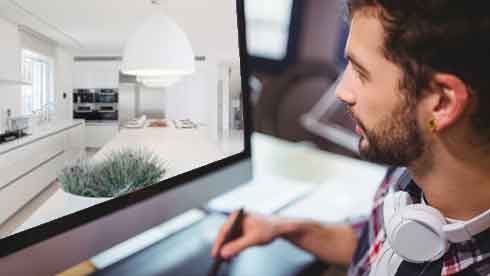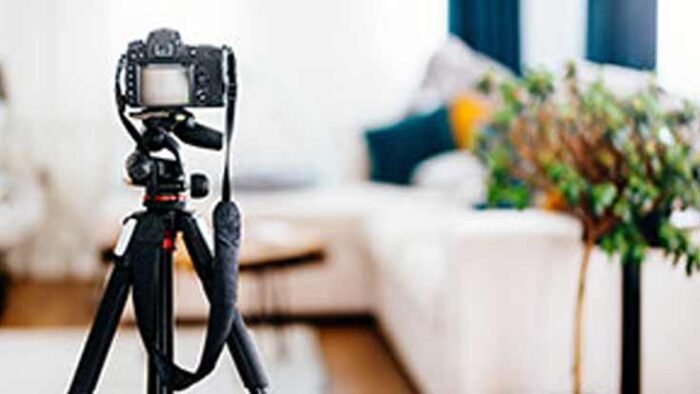Whether it’s for real estate listings, or simply because you love interiors, capturing stunning photos of interior spaces requires a certain amount of skill. By following a few essential rules, you can create magazine-worthy interior shots.
One of the most important things to remember is to move any objects that might get in the shot. This includes items like furniture, flower pots, or even light fixtures.
Lighting

When it comes to interior photography, lighting is one of the most important elements to consider. This is because it can help to create a more natural look and feel, which is essential when taking photos of real estate properties or other interior spaces.
In addition, it is important to make sure that the lighting in a room is even and that there are no shadows or hot spots. This can be accomplished by using a variety of techniques, including bounce techniques and LED light panels.
Finally, it is important to ensure that the space is clean and free of clutter before taking photographs. This can be done by removing any unnecessary objects from the room and by tidying up wires and cords. It is also a good idea to use a tripod when shooting interiors, as this can help to reduce blurring and distortion. This can be particularly helpful when taking photos of rooms with lots of windows.
Composition
Most interior shots are arranged in a way that draws the eye to a certain point in the frame. This is called leading the viewer and takes practice. The key is to remove distractions and create strong relationships between foreground and background elements, browse around this website.
A great tip for this is to use shapes as a compositional tool. Symmetry is a well-known compositional technique, but you can also use overlapping and compound shapes to create visual interest in your shots.
Another important tip is to always shoot in RAW. This gives you the most control over your images in post-production. You will often need to reduce highlights and boost shadows in interior photography, so it is essential to have a high-quality lens that can handle this.
In addition, you will likely want to use a tilt-shift lens for interior photography, which allows you to change the angle of view without distortion. This is an expensive piece of equipment, but it can make all the difference in interior photos.
Styling
Interior photography demands a high level of creative finesse to capture images that properly display a home’s style. Unlike ordinary photographs, interior photos are often used for marketing and sales purposes, requiring that they showcase a space in a way that’s both beautiful and aesthetically pleasing.
Using flashes with the right diffusers is also critical to achieving mesmerizing results in interior shots. This is because flashes can help tame harsh shadows that are common with interior lighting.
You’ll also want to pay close attention to composition and lead lines in interior images. This means that you’ll need to remove any unnecessary clutter and reposition furniture, and that you’ll need to use your lens to create compelling angles and perspectives. A wide-angle or even an ultra-wide-angle lens will be a good choice for this. You can also consider a tilt-shift lens, which allows you to shift and rotate the camera to produce more interesting and unique angles.
Editing

Whether it’s an apartment rental, a cute restaurant, or a home remodel, the success of any interior photography project is largely dependent on how well the final images are edited. The same basic principles apply, from adjusting the white balance and recovering details in the shadows and highlights to straightening crooked lines (a common problem when shooting with wide-angle lenses).
One of the most important things to do is to get rid of the clutter. There’s nothing that kills the perception of a room faster than a photograph with pillows on the couch, books on shelves, and other items that aren’t part of the décor.
Conclusion:
It’s also important to correct exposure. Shooting in RAW is a good idea, and the use of a tripod can help avoid camera shake. Depending on the size of the space, you might need to use a very small f-stop setting to keep the depth of field sharp. You might also want to consider bracketing 3-4 exposures for any shots that include windows. This will allow you to create HDR images in post-processing.

